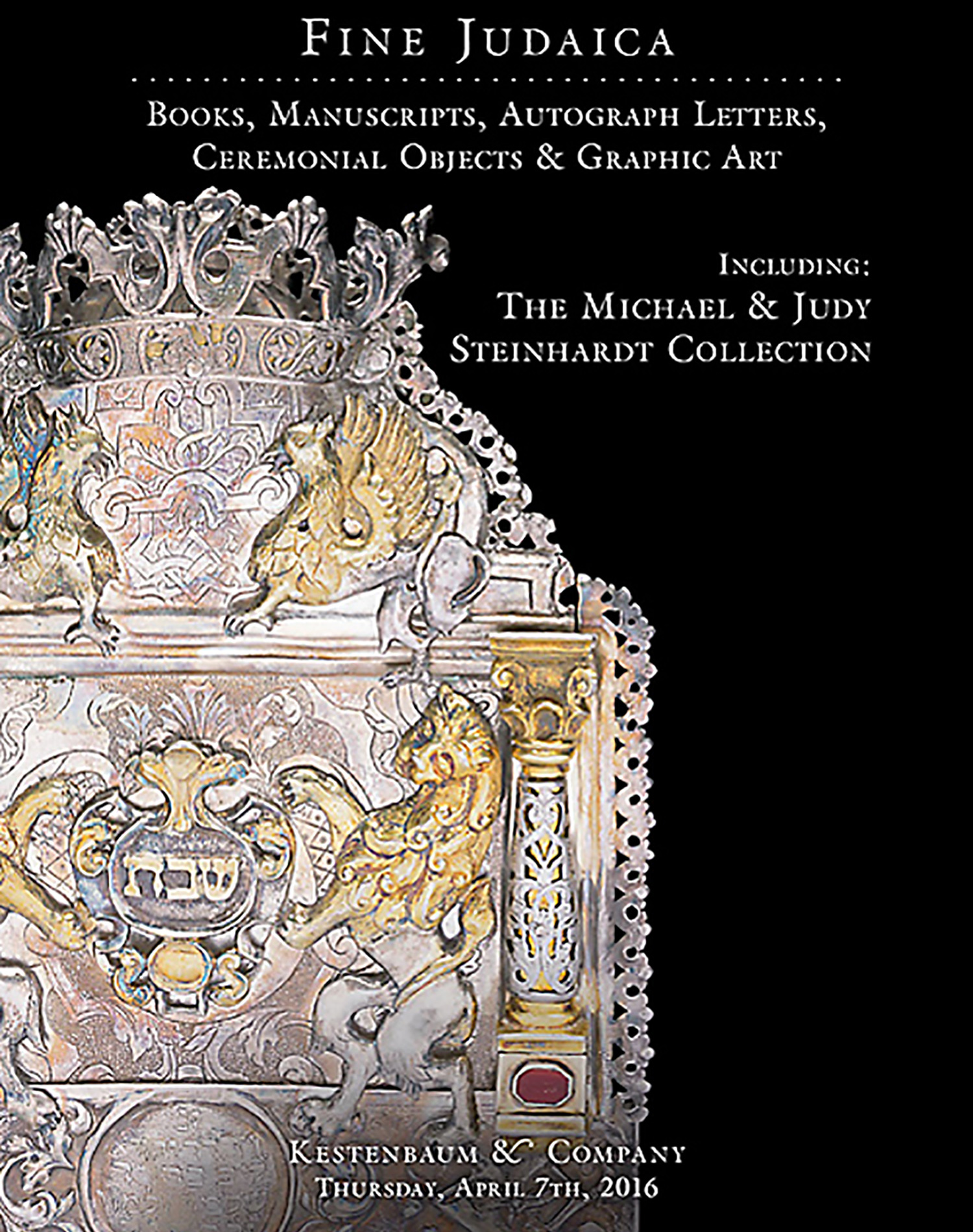Dov Ber ben Shneur Zalman (The Mittler Rebbe). Inyan VeSeder HaHishtalsheluth [Kabbalistic treatise]

AUCTION 68 |
Thursday, April 07th,
2016 at 1:00
Fine Judaica: Books, Manuscripts, Autograph Letters, Ceremonial Objects and Graphic Art
Lot 115
(CHASSIDISM).
Dov Ber ben Shneur Zalman (The Mittler Rebbe). Inyan VeSeder HaHishtalsheluth [Kabbalistic treatise]
(Russia): 19th century
Est: $1,500 - $2,500
PRICE REALIZED $4,000
<<Unpublished Manuscript. >> Attributed to R. Dov Ber, the second Rebbe of Lubavitch. This Kabbalistic text discusses the process by which God presents Himself within a physical world.
The author quotes Kabbalistic works generally not often cited in Chassidic works such as Mishnath Chassidim, Eimek Hamelech and Chessed Le’Avraham. Throughout the manuscript the author repeats the phrase “as I have elaborated in another place.” The approach of this text is strongly reminiscent of the approach of R. Dov Ber, indeed many of the issues discussed here are found elsewhere in his writings. Additionally, each section of the manuscript concludes with the abbreviation “v’dal” (suffice for one who understands) which is also R. Dov Ber’s style in his other works.
R. Dov Ber Shneuri (1773-1827) was the second rebbe of Chabad-Lubavitch and the first to set up court in Lubavitch. He was the eldest son of R. Shneur Zalman - the founder of Chabad Chassiduth, thus inheriting the position of the leader of the Chassidim upon his father’s demise in 1813. His printed works include “Biurei Zohar” - a short commentary on Zohar and Kabbalistic works in Chassiduth including Imrei Binah. One of his most celebrated works was “Sha’ar Hayichud” which describes the creation and makeup of the world according to Kabbalah. The work begins with the “Essence of God,” and traces the creation of the universe down to the physical world itself, using complicated parables to illustrate difficult points. The book also describes, in its first ten chapters, the proper way to meditate on these Kabbalistic ideas.
